One of the first things I tell people when they ask me about paleo and healthy eating is to sort out their fats and oils. It’s really worrying how many people still use canola or vegetable oil as their standard frying fat or how often I see people smoking the crap out of extra-virgin olive oil. Don’t even get me started on margarine!
That’s why this post is long overdue!. I’ve gone through dozens of websites, articles and papers to collate the list and the full breakdown of smoke points and cooking uses of common fats and oils but please let me know if you think something is incorrect or I should add extra information. I want to make this a useful resource for everyone.
Let’s start with the bad guys!
Vegetable & Seed Oils
Together with high-fructose corn syrup and soy meat substitutes, the industrial revolution was responsible for the mass production of highly processed (polyunsaturated) vegetable and seed oils, such as soybean, canola and corn oil.
While naturally occurring, minimally processed fats and oils (such as olive oil and butter) are a healthy source of energy and nutrients, highly processed seed oils contain high (read VERY HIGH) levels of omega-6 fatty acids, which – when consumed in excess – have detrimental health effects.
Problem is – these oils are present in nearly everything we eat nowadays. Grain-fed livestock, where a lot of meat produce comes from, is also high in omega-6. A diet high in omega-6 is associated with an increase in inflammatory diseases such as cardiovascular disease, type 2 diabetes, rheumatoid arthritis, asthma and cancer to mention a few.
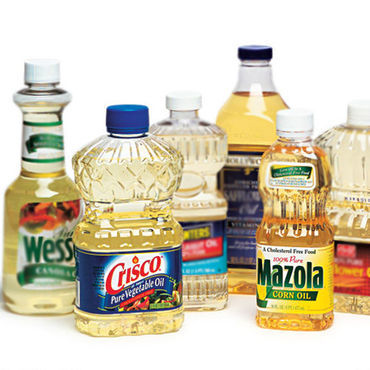
In addition to omega-6 fatty acids, most polyunsaturated oils are highly prone to oxidation and rancidity, which turns these so-called ‘heart healthy’ oils to toxic liquids.
And although some of them have a high smoking point, making them seemingly suitable for frying and cooking at high temperatures, their chemical structure is so unstable (again, due to the fatty acid ratio) that they really shouldn’t be cooked with at all.
For these reasons, it’s best to avoid the following fats and oils: corn, cottonseed, soybean, canola, safflower, sunflower, peanut, grape seed, vegetable and margarine, which is made from aforementioned oils.
Best for hot use (from highest to lowest temperature stability): Lard, duck fat, tallow Extra virgin olive oil Ghee, Macadamia oil, Avocado oil
Best for cold use: Macadamia oil, Avocado oil, Sesame oil, Refined and unrefined coconut oil, Hazelnut oil, Almond/walnut oil, Olive oil Flaxseed oil Almond/walnut oil, Butter Butter.
Here is a full breakdown of smoking points and cooking uses of common fats and oils.
The smoke point of a fat or an oil is the temperature at which it gives off smoke and starts to break down and oxidise, losing nutrients and developing toxic properties. Most foods are fried at around 170°C -240°C and it’s always best to choose a fat or oil with a smoking point just above that.
Coconut oil I use is by Niulife, which you can purchase online and in many health food stores in Australia.
References & resources on fats and oils:
Make your own ghee – Nom Nom Paleo
Guide to Fats & Oils – Dianne Sanfilippo from Balanced Bites
The Complete Guide to Fats and Oils – What to Cook With (or not), What to Avoid and Why – Lisa Rose from Real Food Kosher
Omega 6 and 3 in Nuts, Oils, Meat and Fish. Tools to Get It Right – Julianne Taylor on Primal Docs
Type of Cooking Fats and Oils – Smoking Points of Fats and Oils – from What’s Cooking America
Good Fats, Bad Fats: Separating Facts from Fiction – Chris Masterjohn on Weston A. Price.
Checking Your Oil: The Definitive Guide to Cooking with Fat – Caveman Doctor
The Truth About Saturated Fat – Mary Enig
The Oiling of America – Mary Enig and Sally Fallon
What Should my Blood Cholesterol Be? – Dr. Natasha Campbell-McBride
9 Steps to Perfect Health – #1 Don’t Eat Toxins – The Healthy Skeptic
Smart Fuel: Macadamia Oil, and read a well-balance view on Nuts and Omega – 6 Intake -Mark’s Daily Apple
How to Decrease Your Polyunsaturated Fat Intake – Living the Nourished Life
What’s the Truth About Cottonseed Oil? – Agriculture Society
Hemp Oil and Hemp Seeds – Are they Safe? – Food Renegade
Five Fats You Should Be Cooking With But May Not Be -Chris Kresser
Butter Anyone? Defending Fat with Facts – Livin La Vida Low-Carb
Five Fats You MUST Have in Your Kitchen – The Healthy Home Economist
Macadamia Oil – Mark Sisson

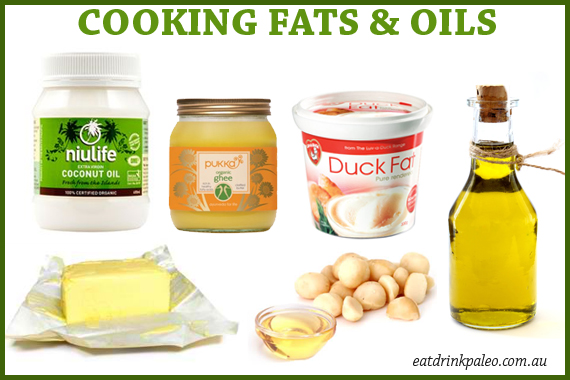

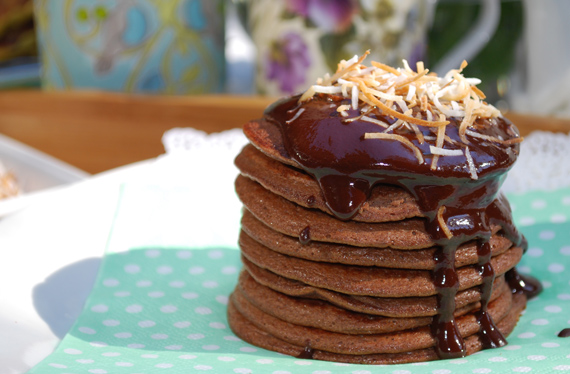
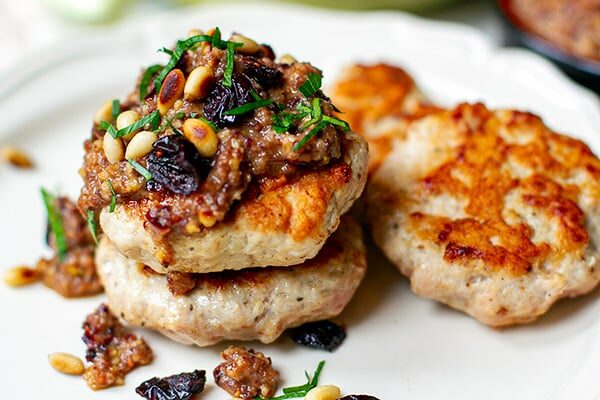

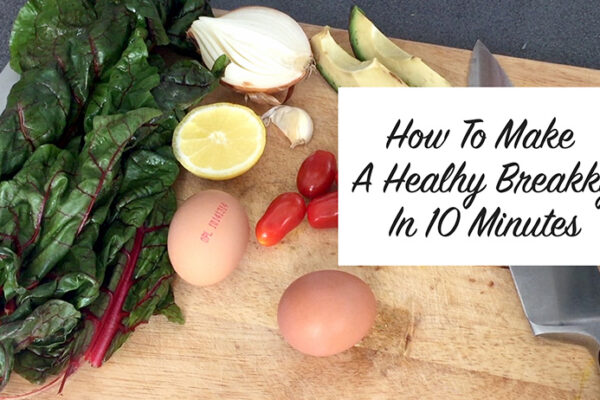
This post is perfect and timely for me. I often wonder what to use and where and when. I must admit that I have always used olive oils though got them the wrong way round until I started on my paleo journey – was using ex virgin for cooking. Now using that for dressings and olive for cooking. Mind you should I be using olive oil or virgin olive oil?! The second table would be great in a pdf format so I could have it on a wall or the fridge…
Thanks for your comment, I will definitely do a downloadable version of the tables for the fridge.
When looking for olive oil you can find different types: virgin olive oil, extra-virgin olive oil and light olive oil. It should usually say on the bottle what it is. Virgin and light and extra-light are more refined and therefore have higher smoking temperatures. They are not as nutritious as extra-virgin olive oil but good for gentle cooking.
I can’t wait to try using macadamia oil. Coconut and olive oils are a staple in my kitchen, but I’d like to branch out and try a few more!
What about Rice Bran Oil?
Hey RC, rice bran oil is not included in the list as it’s very high in Omega-6 oils and is best avoided, especially when heated. There is really nothing nutritious about it either so you’re better off using ghee, coconut oil or macadamia oil for cooking EVO and some other nutrient dense nut oils for cold uses.
Great article – thanks.
One question – I always thought that as a saturated fat, butter had a higher smoke point than any type of olive oil – is this wrong?
I Adrienne, butter is usually pretty good but because it’s not 100% saturated fat and still contains milk solids, it has a lower smoking point than say ghee. You’re safer burning butter than olive oil though (hello burnt sage butter), as it doesn’t have the poly-unsaturated fatty acids that can turn toxic when overheated.
Hey Irey! This is a fantastic resource! Thank you for sharing!
Thanks ladies! Glad you find it helpful.
Hi Irena,
This is an excellent article. Regarding shelf life of coconut oil, our Niulife is 2+ years because of the high standard (Low free fatty acid) which we set at 0.15 as standard, well below the international standard required of 0.2. Buyers should be aware that lower quality products have high free fatty acids and may already be rancid! Sniff and taste to be sure and if it catches in the back of your throat, it’s probably rancid (Or you have a cold!).
Popcorn with coconut oil takes the humble movie experience to a whole new level – although I know, not strictly paleo!
Thanks for the well researched article, much appreciated.
Castaly Lombe
General Manager
Kokonut Pacific
Can’t wait to get started on the paleo diet, have my cookbook coming! Just a quick question, is grape seed oil OK?
I have my cookbook coming and can’t wait to get started!
Just a quick question, is grape seed oil OK?
Grapeseed is quite high in Omega-6 fatty acids so I would avoid it. It’s ok every now and then in salads but I wouldn’t make it a staple. Irena
Thank you!
Isn’t smoking point synonomous with heat stability?
If so, why can’t avocado oil be used in high temperature cooking – its got one of the highest smoking point as shown on your chart.
Thanks
Yeah, I agree with Alice’s question — those two tables seem to have conflicting information. Lard has a much lower smoke point than (for example) hazelnut oil, yet lard is listed as being the most stable for hot cooking and hazelnut oil is only listed for cold recipes. Does not make sense!
Hi Maggie,
As I pointed out to Alice, avocado oil is actually listed for both hot and cold uses. I often pan fry eggs in it :). The reason lard is preferred for hot uses over hazelnut oil is to do with its fatty acid composition. Lard is saturated fat which is very stable in general and doesn’t oxidise as easily as other fats. Hazelnut oil, although it has a high smoking point, is quite high in Omega-6 fatty acids which are prone to odixisation and can get quite toxic during overcooking. Plus it’s more nutritious cold and also quite expensive to recommend for cooking.
I hope that helps 🙂
Irena
Hi Alice,
Avocado oil is listed for both hot and cold uses, you might have missed that.
Irena 🙂
Wow! This is exactly the kind of information on oils I was looking for. I do have a couple questions, though.
I’ve read that many olive oils are actually mixtures of olive oil PLUS other types of vegetable oils, and that the way you can tell whether you have pure olive oil is to put it in the fridge. If any of it solidifies, it contains some partially hydrogenated oils. So, how can I tell if the olive oil I buy contains ONLY olive oil? The bottle I have says “pure olive oil,” and yet it forms little white balls when it’s refrigerated.
My other question has to do with which oil to use when making popcorn on top of the stove (the old-fashioned way). I do this all of once or twice a year, and keep a very small bottle of corn oil for this purpose. What might be a better oil to choose?
Hi Kathy, I haven’t heard about the fridge trick to tell if olive oil has anything added but I will look around.
For the popcorn, you can’t go past ghee or butter. I think even coconut oil would work nicely. Macadamia oil would also work really well.
Coconut oil works for popcorn, but I don’t like the taste. I’ve tried butter, but it burns. Maybe ghee would work.
Though I didn’t hear about the “fridge test” from the Dr. Oz show, this link sums it up: http://www.oliveoiltimes.com/olive-oil-basics/olive-oil-fridge-test/32830
In part, it says this about how to choose an olive oil:
“Flynn advised viewers of the Dr. Oz show to check the harvest date on the olive oil bottle, and buy one indicating a harvest within the last 15 months to improve the chances of getting a good quality oil. He also recommended looking for quality seals on the bottles, such as the one from the California Olive Oil Council, that certify that the oil has passed chemistry and sensory criteria. Flynn noted that UC Davis is working on better methods of detecting olive oil fraud.”
So maybe the fridge test doesn’t work, but I still always wonder which olive oil to get … there are so many to choose from. I usually buy the one that says “light in flavor/taste,” though that might not be the thing to do. I use olive oil mostly just for salad dressings. For sautéing, I use bacon fat.
I use virgin olive oil for shallow frying, mostly because it is cheap and easily accessable. Every now and then I find duck lard at the Saturday market, and I use that for frying.
If you are buying a deep fryer, ask the vendor if it works with lard as well. Not all models do, I had to find that out the hard way.
I never heard of the fridge test before, but I put in my bottle of olive oil now, let’s find out what it is made of! 🙂
Hi, on the chart it says avocado has the highest heat point, but you suggest lard above it for hot use – why is that?
Thanks,
Mainly because you don’t want to ruin all those beautiful nutrients in the avocado oil with high heat. It’s also a bit more expensive to cook with so it’s better used for gentler cooking methods like roasting some vegetables or a simple stir-fry.
Something is goofy with the paragraph on the Making Sense of Healthy Cooking Oils and Fats page that starts, “Best for hot use…”
Where is the Tallow????? That is a great high heat oil for frying. Sad this is left out of what could be a useful diagram for me.